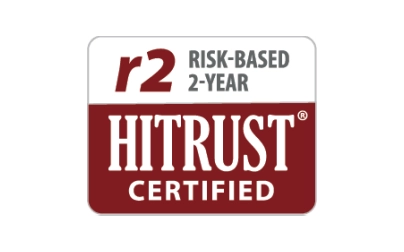In a world where consumers can get just about anything on-demand—from dinner parties and dry cleaning to drivers and dog walkers—why would they expect anything less from their doctors?
Naturally, today’s digitally enabled, always-on consumers are looking to their healthcare providers to offer the same anytime, anywhere access they’ve become accustomed to with a wide range of other industries. For many, connecting digitally with their doctors—whether it’s by email, video or mobile app — feels like a natural evolution from brick-and-mortar care.
This growing expectation for on-demand healthcare is putting tremendous pressure on doctors to be accessible to their patients around-the-clock via multiple communication channels.
Less tolerance for inconvenience
In addition to the technological advances that are shaping today’s on-demand mindset, increased cost sharing is also transforming consumer expectations when it comes to healthcare delivery.
With more consumers paying a larger share of the their healthcare expenses, they’re becoming much more cost-conscious and value-oriented — and less willing to tolerate provider inconveniences, like scheduling difficulties and long wait times.
This poses a particular challenge for the majority of doctors today struggling to maintain patient satisfaction and improve outcomes while juggling jam-packed appointment books and mile-long wait lists—the result of more people seeking care due to the millions of newly insured Americans and an improving economy coupled with an aging baby boomer population and nationwide physician and nurse shortage.
Lengthy wait times
While it hasn’t been unusual for patients to wait a long time for appointments with some specialists, in recent years there’s been a growing backlog of patients waiting to see primary care physicians, too, regardless of whether they’re long-standing patients or with a private insurer, Medicare or Medicaid.
A survey conducted by the healthcare consulting firm Merritt Hawkins revealed that the average patient wait time nationwide to see a family physician is 19.5 days. Of the 15 major U.S. cities included in the study, the average wait time for an appointment with a family physician ranges from 66 days in Boston to 5 days in Dallas.
Even longer is the average wait time to see a dermatologist, which can take 72 days in Boston compared to 14 days in San Diego.
For a population becoming increasingly more accustomed to the speed, convenience and instant gratification of 24×7 online interactions, waiting even one or two days to see a doctor can feel like an eternity, especially for conditions patients feel can be swiftly addressed with a quick doctor visit, such as a sinus infection, allergies or pinkeye.
Understandably, lengthy wait times can lead to patient frustration. They can also lead to patients delaying or skipping care altogether, which can be problematic for high-risk, high-need patients who need constant monitoring, and for health conditions that could progress to a more advanced state without timely treatment, like pneumonia.
Escalating demands driving burnout
Not only does the escalating demand for 24×7 care access put patient satisfaction at risk when providers are unable to live up to their population’s expectations, it can also contribute to doctor burnout, which can negatively impact performance and outcomes.
According to a Medscape Physician Lifestyle Report, 46% of physicians reported suffering from burnout. The leading factors contributing to burnout are “too many bureaucratic tasks” and “too many hours at work.”
A telehealth partnership can help
Telehealth is an effective and efficient tool for helping physicians better manage their expanding patient base and better cater to their patients’ needs and expectations for 24×7 care.
By partnering with a telehealth provider, medical practices can extend their service scope and ensure their patients have anytime, anywhere access to an expert clinician —including registered nurses and U.S. board-certified doctors—for low-acuity conditions, like a sore throat, urinary tract infection or rash— conditions that can be easily and quickly diagnosed and treated via a phone or video consult.
According to the American Medical Association, as many as 70% of doctor visits can be handled remotely.
Not only does telehealth meet patient expectations, but by reducing in-person visits for minor ailments, it frees up doctors and their support staff to focus their time and energy on higher-need patients with more complex conditions.
Everyone’s time is used more efficiently ultimately improving patient satisfaction, loyalty and outcomes while elevating provider performance and cutting costs across the board.
24×7 Virtual Clinic
Carenet’s 24×7 Virtual Clinic alleviates overwhelmed medical practices by offering patients access to the industry’s only telehealth solution that seamlessly integrates up-front nurse triage with virtual MD and behavioral health consultations via phone or video. Learn more here.


